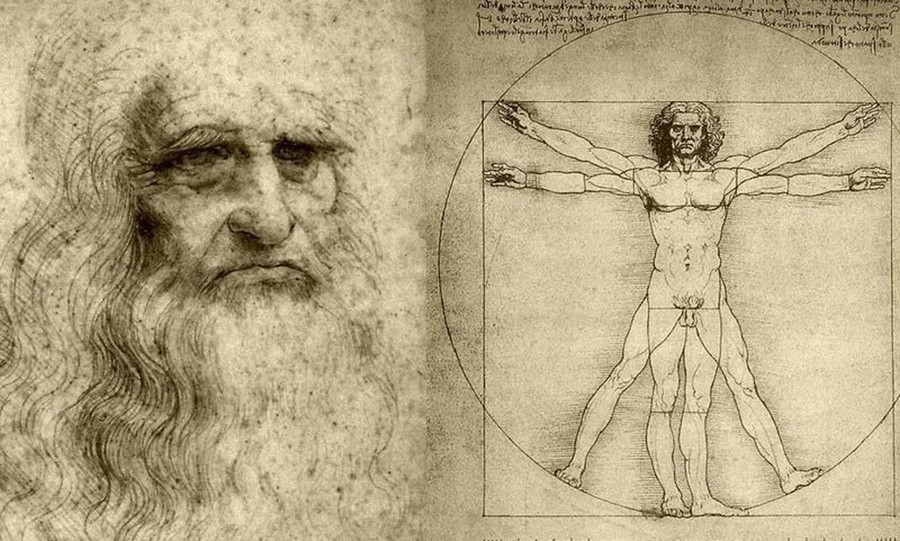In the heart of Peru, nestled among the cradles of ancient civilizations, lies a groundbreaking innovation that predates many modern technological advancements: the Shicras. This ancient engineering marvel, developed over 5,000 years ago by the Caral-Supe civilization, showcases the ingenuity of our ancestors in mitigating seismic activity. Long before contemporary anti-seismic construction methods, the Caral-Supe people devised a system that enabled their structures to endure the unforgiving tremors of the Earth.
The Caral-Supe Civilization: A Glimpse Into the Past
The Caral-Supe civilization flourished around 3000 BCE, making it one of the oldest known civilizations in the Americas. Situated in the Supe Valley, approximately 200 kilometers north of modern-day Lima, Caral is recognized as a UNESCO World Heritage Site and a vital archaeological treasure.
The civilization is famed for its monumental architecture, including pyramids, plazas, and residential areas. Among their numerous achievements, the development of Shicras stands out as a testament to their advanced understanding of engineering and environmental adaptation.
What Are Shicras?
Shicras are woven baskets made from vegetable fibers, typically crafted from local plants such as reeds. These baskets were filled with stones and strategically incorporated into the foundations of Caral-Supe structures. Far from being mere building materials, Shicras served as a sophisticated anti-seismic system.
How Shicras Work
The fundamental principle behind Shicras is their ability to dissipate seismic energy. During an earthquake, the stones within the Shicras act as a cushion, absorbing and redistributing the tremors that would otherwise compromise the structural integrity of the buildings. This innovative design provided a level of flexibility and resilience that was crucial for the survival of their architecture in a seismically active region.
The woven baskets also helped stabilize the soil and distribute weight evenly across the foundation, further reducing the risk of collapse.
A Sustainable and Local Solution
One of the most remarkable aspects of Shicras is their sustainability. The Caral-Supe civilization relied on readily available local materials, such as reeds and stones, to create these baskets. This approach minimized environmental impact while ensuring that the materials were perfectly suited to their geographical and seismic conditions.
The use of natural fibers and stones highlights the Caral-Supe people's deep connection with their environment and their ability to harness its resources innovatively.
The Legacy of Shicras
The Shicra technique is a reminder of humanity's enduring quest to adapt to natural challenges. It underscores the fact that ancient civilizations were far more advanced in certain respects than we often credit them for. Modern engineers and archaeologists studying Caral have drawn inspiration from Shicras, exploring how ancient methods might influence contemporary earthquake-resistant designs.
Lessons for Modern Architecture
The rediscovery of Shicras comes at a time when the world is increasingly looking towards sustainable and resilient construction techniques. As urban centers grow and climate change exacerbates natural disasters, incorporating ancient knowledge into modern engineering could be a key to building safer, more sustainable structures.
Conclusion
The Shicras of the Caral-Supe civilization offer a profound lesson: innovation is not confined to the present or future. By studying and respecting the ingenuity of our ancestors, we can uncover solutions that are not only effective but also harmonious with nature. The 5,000-year-old technology of Shicras reminds us that sometimes, looking back can be the best way to move forward.
Today, as we marvel at Caral's enduring legacy, we are reminded of humanity's capacity to adapt, innovate, and thrive, even in the face of nature’s most formidable challenges.








